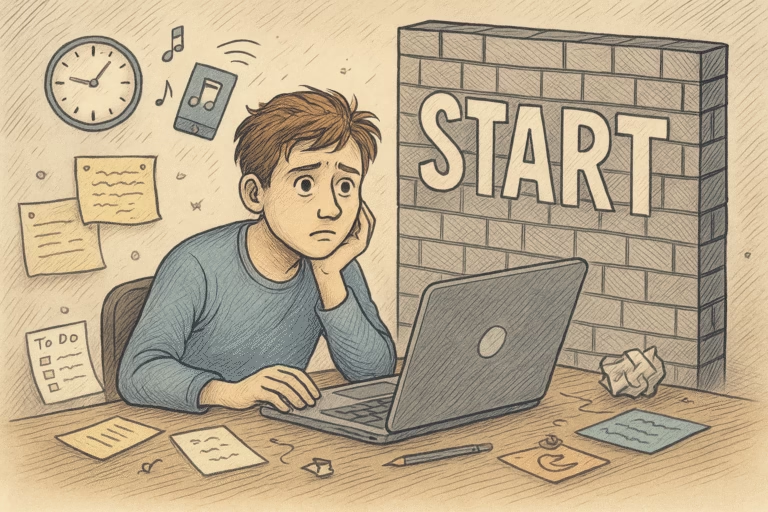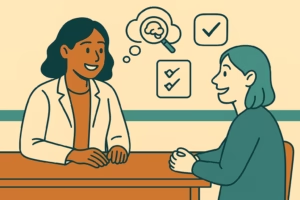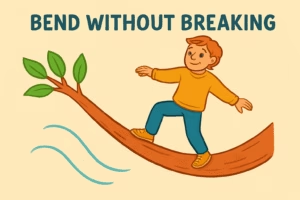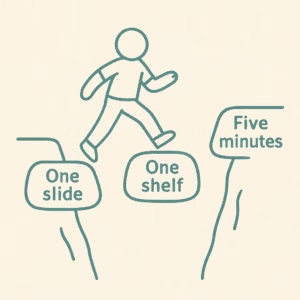Have you ever stared at a task—an email, a report, a pile of laundry—knowing it needs to be done, but just… not starting? You’re not lazy. You’re likely experiencing what’s known in ADHD circles as a “task initiation freeze.”
Task initiation is one of the core executive functions—those mental skills that help us plan, organize, and carry out actions. For people with ADHD, this process can feel like an invisible wall. Even simple tasks can become mountains when your brain can’t find the “go” button.
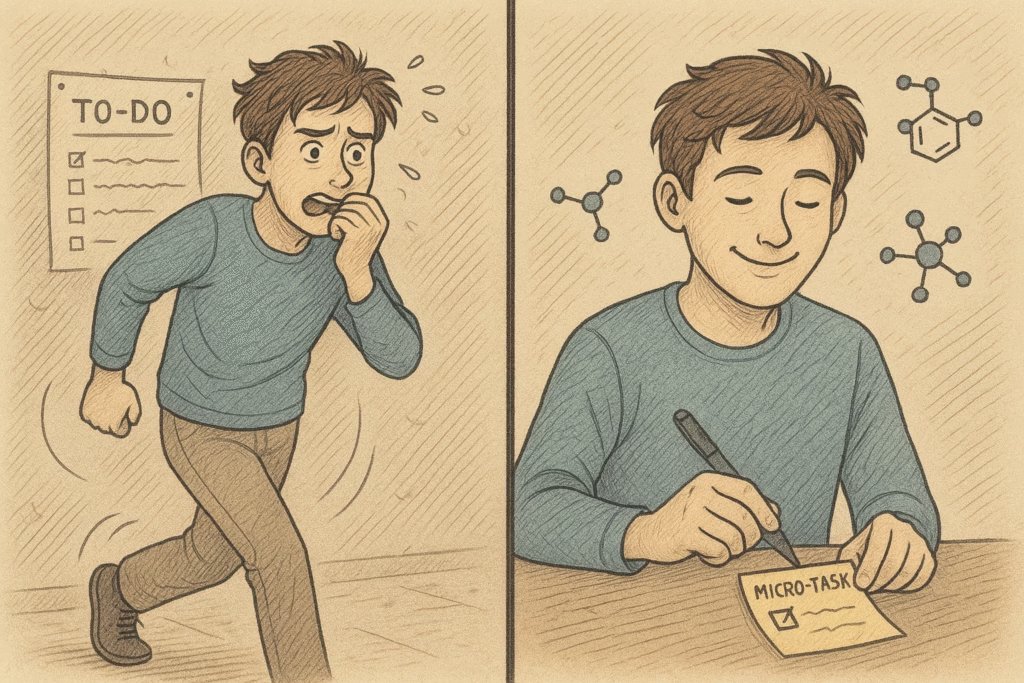
What Is Task Initiation?
Task initiation is the ability to begin a task without undue procrastination. It requires a smooth transfer from intention to action. In a neurotypical brain, once a decision is made, action usually follows. But in ADHD brains, there can be a gap between knowing and doing—what’s often referred to as the “intention-action gap.”
This isn’t about motivation or discipline—it’s about access to cognitive resources. When those resources are depleted or dysregulated (which happens more easily in ADHD), starting a task becomes neurologically difficult, not just emotionally frustrating.
Why Task Initiation Breaks Down
Several overlapping ADHD-related challenges can disrupt task initiation:
- Overwhelm: A task feels too big or unclear.
- Perfectionism: Fear of doing it “wrong” delays the start.
- Time blindness: Difficulty sensing how long a task will take.
- Dopamine deficiency: Low stimulation makes it hard to engage.
- Emotional inertia: Anxiety, boredom, or frustration stalls momentum.
Instead of moving forward, you freeze, scroll, clean your entire kitchen, or stare into space—then feel ashamed for not doing “the thing.”
The Freeze Response Is Real
This isn’t just procrastination. It’s often a nervous system response: when the brain perceives a task as stressful, it may default to freeze (just like fight or flight). The more pressure you put on yourself to “just do it,” the harder it becomes.
Strategies to Support Task Initiation
Good news: with the right support strategies, task initiation can become more manageable. Here’s how:
- Break the task into micro-steps
Instead of “write report,” start with “open the document.” The brain is more likely to act on something it perceives as achievable.
- Externalise the first step
Use sticky notes, voice memos, or alarms that literally prompt the first action. Visibility = accountability.
- Build in transition rituals
Your brain needs help shifting gears. A short walk, a music cue, or setting a 2-minute timer can act as a signal to begin.
- Use body doubling
Working alongside someone (even silently on a video call) provides enough social stimulation to bypass the freeze.
- Schedule “activation” time
Instead of scheduling the task itself, schedule time to start the task. This sets the expectation more realistically.
- Use compassionate language
Swap “Why can’t I just do this?” with “What would help me get started?” Self-shame only deepens the freeze.
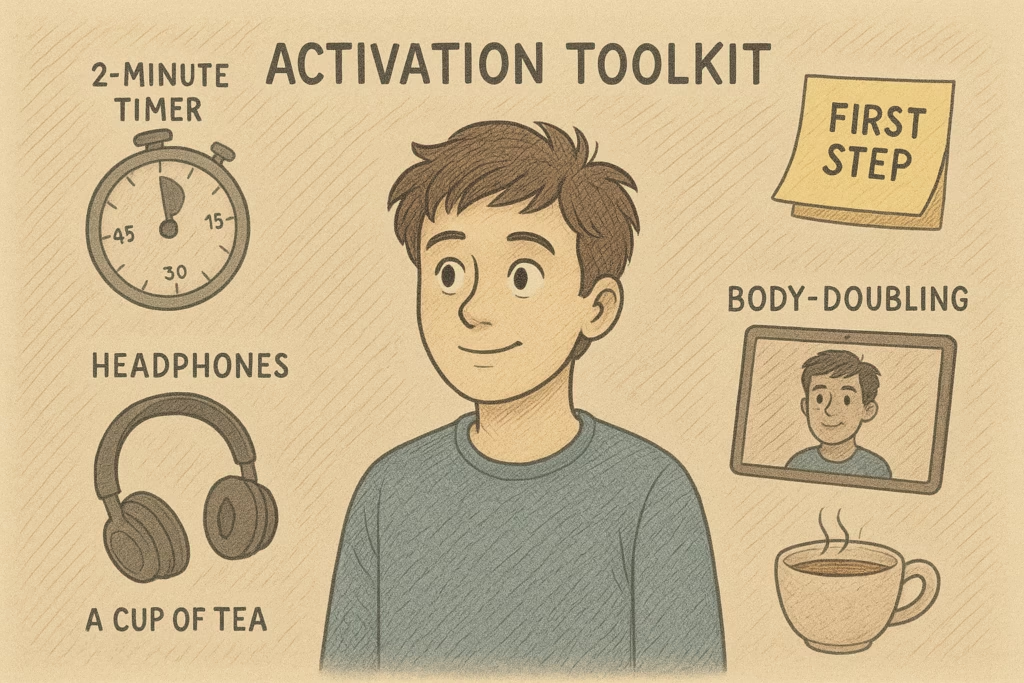
When to Seek Help
If task initiation struggles are affecting your work, home, or wellbeing, it’s worth speaking with an ADHD coach or therapist who understands executive function challenges. They can help tailor strategies to your brain’s needs and rhythms.
Bottom Line
Task initiation problems aren’t laziness. They’re often symptoms of how your brain processes energy, time, and motivation. Once you understand what’s happening under the surface, you can stop fighting yourself and start working with your brain.

